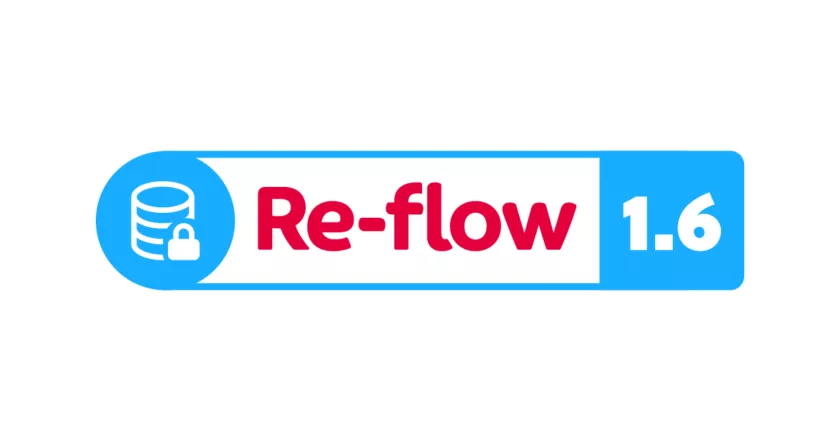
News
Re-flow advances user security with powerful new features

Over the last 5 years, Re-flow has grown into one of the UK’s leading field management software providers. We work with hundreds of companies nationwide, including industry leaders such as WJ Group, M.V. Kelly and Breedon.
We understand that the industries we operate in never stop moving, and neither do we. Over the past months, we've been busy developing, testing and rolling out our latest update - 1.6. This version includes a slew of powerful new features, including template creation for jobs and events, text messaging functionality, drag and drop scheduling and new security capabilities.

Today, we’ll tackle our newest security additions.
With the enormous amounts of data that need to be stored and exchanged for businesses to operate efficiently and safely, a key concern for companies adopting digital solutions is a simple yet hugely important question – ‘how secure is my data?’.
While Re-flow is already highly secure and reliable, we wanted to give users even greater control over their security - introducing two factor authentication (2FA) and single sign on (SSO).
How do they work?
Two Factor Authentication (2FA)
Re-flow users are sure to be familiar with the login process – all they need is a username and password. With 2FA, the process gains an additional step. Now, user accounts can be linked to their mobile phone, enabling them to authenticate their log-in attempt with an SMS verification code. Simple, yet highly effective.

Single sign on (SSO)
If your business has any form of IT infrastructure or ERP, it’s likely that you’ve used SSO before. Put simply, single sign on enables users to access multiple corporate services using just one set of securely authenticated credentials. Now, we’ve made it possible to access Re-flow using SSO when connected to Microsoft 365.

How can our new features further streamline and secure your operations?
According to a 2023 report from Verizon, over 80% of hacking-related data breaches are caused by compromised passwords. That means that the bigger the company, the more opportunities for human error, weak passwords and poor compliance. Both 2FA and SSO tackle this key issue, albeit, in different ways.
2FA, as the name suggest, adds another factor to the process. Now, a bad actor can’t simply compromise your user’s details and gain free rein over your data. That third step, linked specifically to your operative’s devices, can be what stops a damaging cyber-attack costing your firm hundreds of thousands.
SSO, on the other hand, removes steps from the process. While this may seem counterproductive, a single securely authenticated access point is actually safer than dozens of unique credentials. If we think of every log-in throughout the day as an access point, reducing that to the bare minimum greatly limits cybercriminals’ opportunities to breach your data.

Both of these approaches produce similar benefits. At their core, they greatly increase cybersecurity throughout your organisation. That’s why notoriously strict compliance standards such as GDPR require sophisticated security policies such as these.
These new security additions are only the first of many new features we’re excited to introduce and roll out over the coming months. Keep an eye on your e-mail inbox, our social media, as well as the banners on your desktop dashboard that will notify you when new features are available. Should you need any support, don’t hesitate to reach out to our software specialists.



